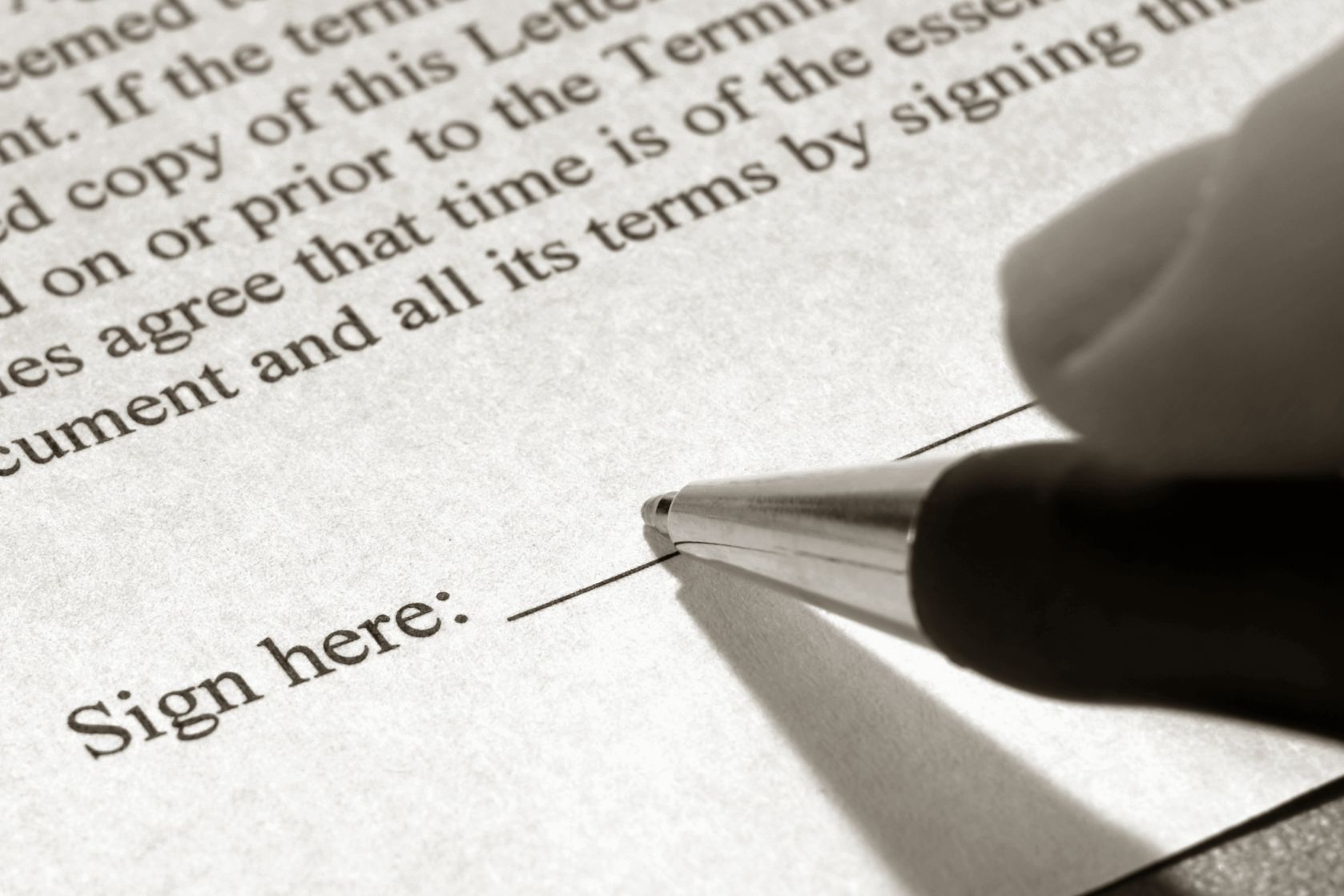Whether you’re a freelance writer or a business looking to hire an independent contractor, a work for hire agreement is a vital contract to have in your freelancing toolbox. This simple but important document essentially lines out the terms and conditions for the project and ensures everyone is on the same page about what type of work will be done, how much it will cost and when it will be completed.
One of the first questions that is asked is, do I need to use a work for hire agreement to complete this project? In a word, yes! If you’re a freelance writer, you want to make sure you get paid according to the agreement you made with the client – protect yourself and your business by ensuring both you and the client have a clear understanding of the process. When drafting a work for hire agreement, you will want to include the following pieces of information:
- Timeline – When will various drafts and final project be completed? Indicate whether or not there will be milestones set throughout the project if it is a long-term contract.
- Project information – Highlight exactly what you are getting hired to do (or what you expect to be done, if you’re doing the hiring). This will protect you in case additional work is expected later on down the road.
- Payment – One of the most important aspects when drafting a work for hire agreement is securing payment details. Include payment acceptance terms and expected timelines for the invoicing process.
Protect yourself and your clients
Columbia Law School has an excellent example of what freelance writer contracts should contain.
Drafting a work for hire agreement protects all parties involved and strengthens the working relationship between clients and independent contractors. You can find numerous free sample templates on the internet – print one out to keep in your files or save it as a PDF on your desktop to use each time you get hired for a project. Of course, adapt based on the parameters of the work you’re doing for each client.

